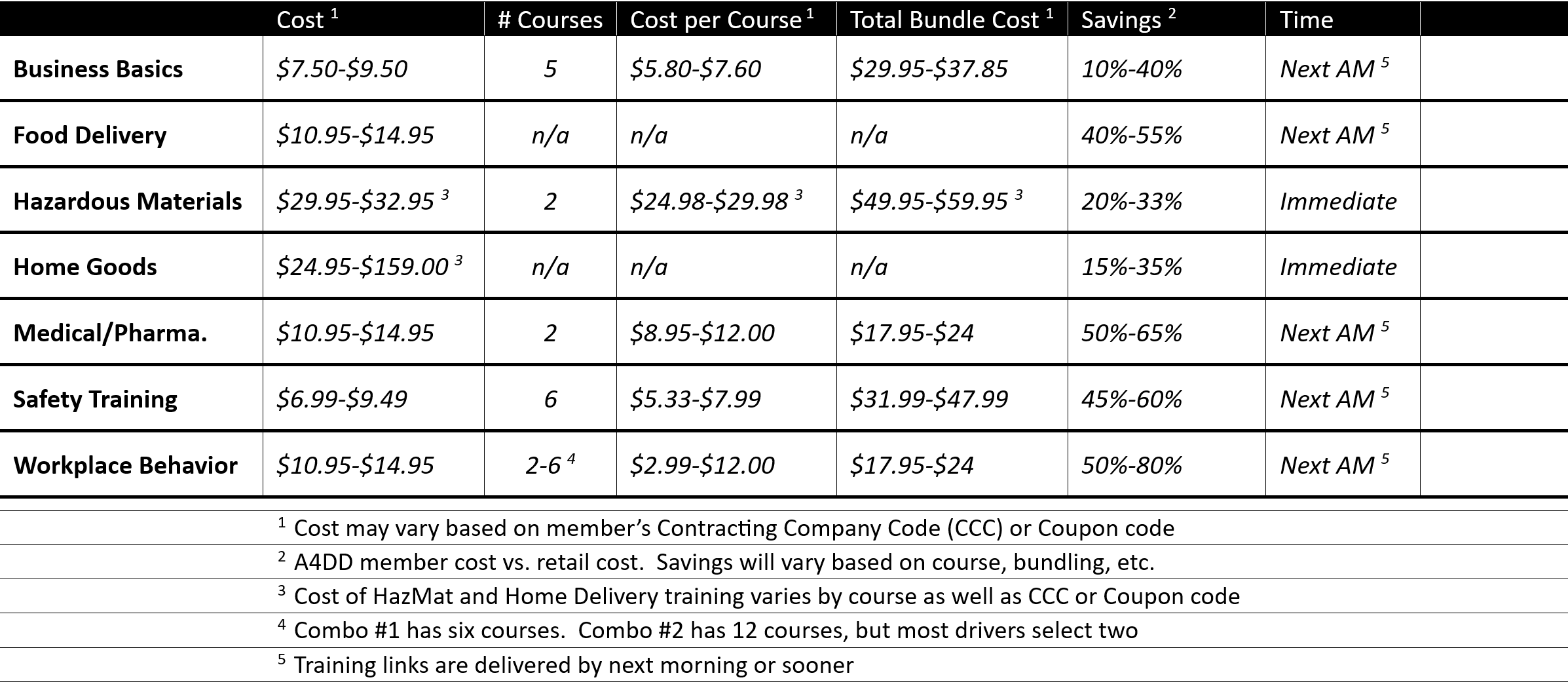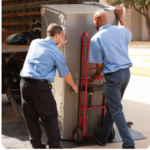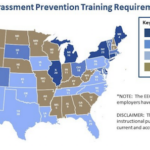It’s great to say you’re your own boss. Are you ready to handle all that comes with that? Like figuring out profit and loss and time management. A4DD will set you on the path to success with 5 initial courses to choose from. Get certified for the full series.
Introducing food safety training specifically for delivery drivers. Passing on spoiled or contaminated food is no joke. A4DD makes it easy, fun, and affordable to comply with industry standards for safe food handling.
You don’t need to be carrying big loads of HazMat to need an to know USDOT rules and procedures. Protect yourself, your customers, and the public with basic HazMat training and a specialized course for radioactive goods. Provided in partnership with Transcompss.
Delivery of furniture, appliances, sporting goods, etc. demands special skills. Many carriers and insurance companies require driver training. Learn techniques to get the job done right, safely, and efficiently — leaving homeowners happy. Provided in partnership with CODE.
Medical / Pharmaceutical Delivery Training
Medical delivery training is NOT an elective procedure. Drivers need training to satisfy HIPAA privacy laws, OSHA bloodborne pathogen safety standards, CMS Fraud, Waste, and Abuse (FWA) training requirements, and more.
Regular safety training saves lives and shipments. It also meets contract standards. Preventing accidents and injury never gets boring with A4DD’s extensive catalog of interactive courses, including defensive driving, back injury prevention, vehicle care, and more. Save even more with a “Six-Pack” course bundle.
Workplace Behavior Training (V-DASH)
Violence, drugs & alcohol in the workplace, as well as work-related stress and harassment are all the subject of federal and state training requirements and recommendations. A4DD has an ultra-affordable solution to learn the rules, business standards, and best practices.
Hit the road like a pro, ready to deliver service that meets industry standards and customer expectations. Learn about what drivers do, proper techniques, government regulation, and best practices. Trained drivers minimize downtime from errors and earn more.
What's the Cost?
A4DD members pay a lot less for training. Our training costs differ depending on the course provider, but we always negotiate lower rates for our members. For most courses, you’ll pay just $5.00-$15.00. For more specific information, click on any of the links above. To pay the least, purchase a course bundle instead of a single course (save at least 20%), and make sure you joined A4DD using a contracting company’s discount code (saves another 10%-25%). No code? Ask them to contact A4DD. Also, members can click here to discover other companies in your area that can give you a discount code. Just add the code to your Member Profile next time you log in.
Is all this really necessary?
Consider the following factors and then make the right decision for you:
- Experience – Delivery work isn’t rocket science, but that doesn’t mean there’s not a lot to learn when you’re new to it. Many new drivers get frustrated trying to meet their earning goals and give up when what they really needed was better training. For most, a small investment in learning what customers expect, common errors to avoid, and tricks of the trade will pay off quickly. Even veteran drivers can benefit from revisiting best practices and reminders to avoid the kind of shortcuts that can easily lead to costly and sometimes life-threatening mistakes.
- Contract requirements – Motor carriers increasingly expect their independent drivers to show up knowing the ropes. More and more, delivery contracts require you to provide evidence of training as a new driver or specialized training certificates before receiving jobs involving medical goods, food, dangerous or hazardous goods (even in small quantities), and home goods requiring you to assemble or install a product. These kinds of deliveries can be the most reliable and lucrative, so getting yourself trained to qualify for them makes good sense. Regular safety training may also help you earn more since you can’t make money when you’re injured.
- Government – In some cases, you simply can’t work legally without documented training. For example, federal law requires annual HIPAA training for all workers handling medications, blood, or lab tests since you also get exposed to personal patient information. Another example at the state level is anti-workplace harassment training, which is required or strongly preferred by many states. It is your responsibility to stay compliant with the law, and your contracting companies are likely to insist on this as well. The more training you do, the freer you are to accept all kinds of work wherever you find it without risk.
- Cost – No doubt about it, cost matters. Sometimes, in order to get by you have to live without things you know you should have. However, given the heavily discounted prices of A4DD training, you should be able to get what you need to succeed. Consider setting aside just one delivery’s pay a week. Then try spacing out your training over time instead of trying to do it all at once.














